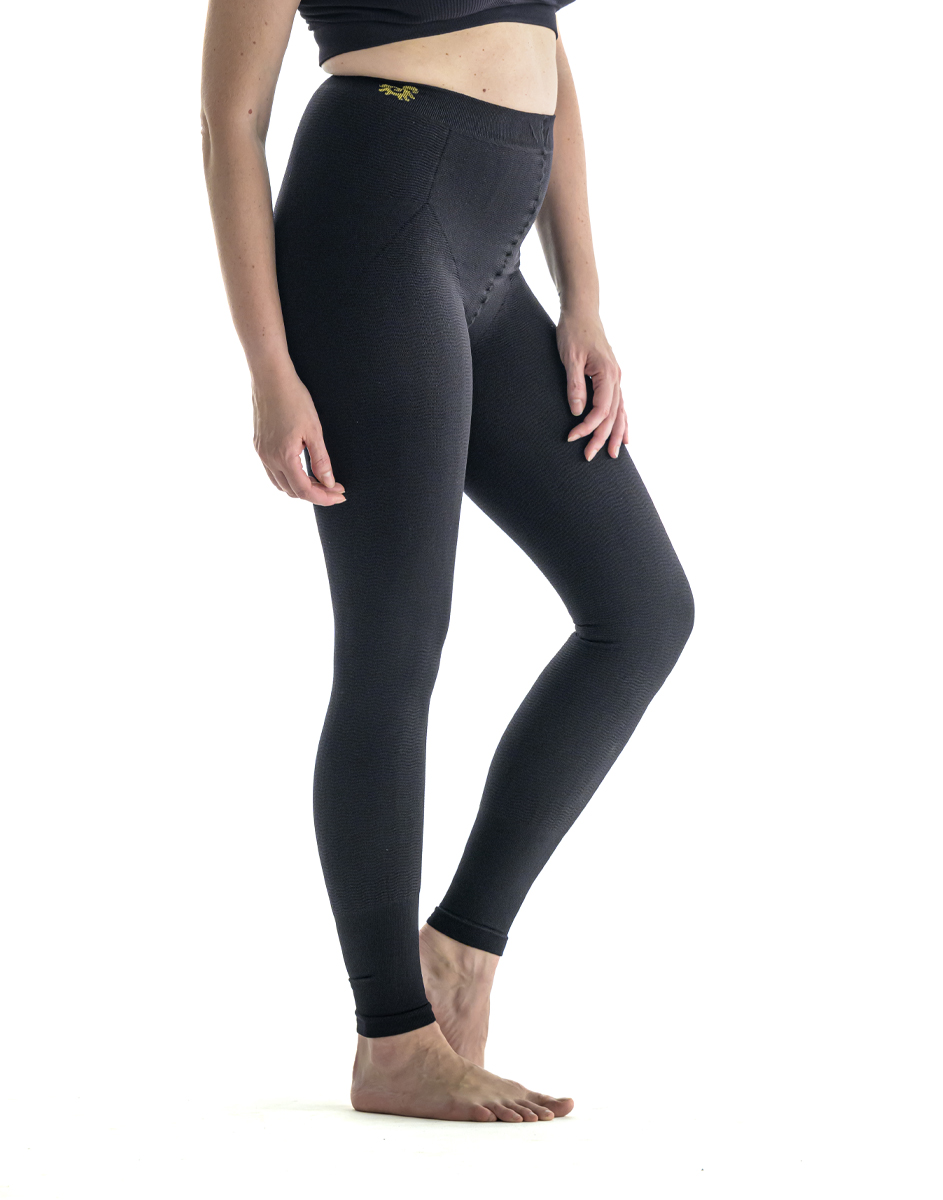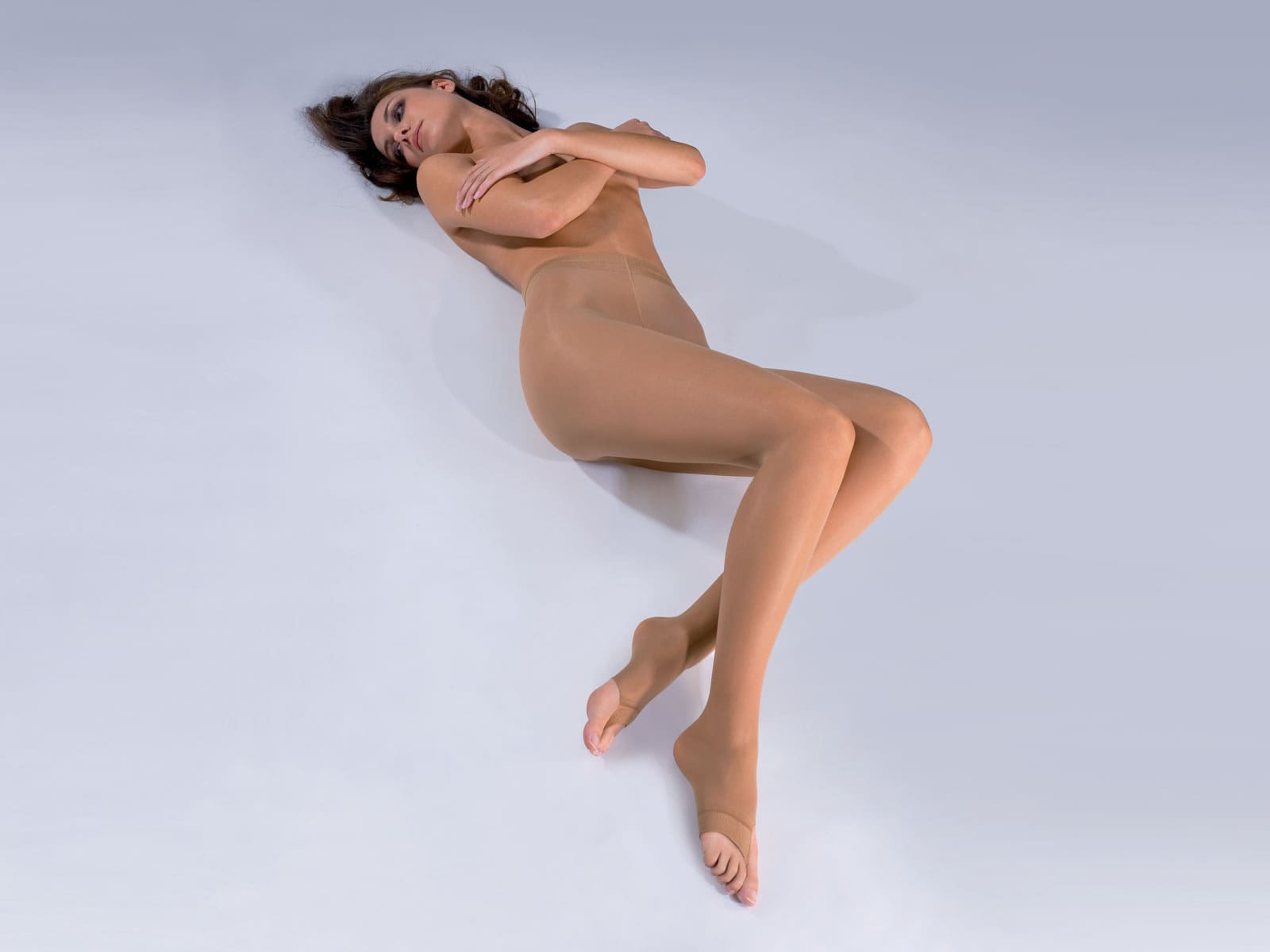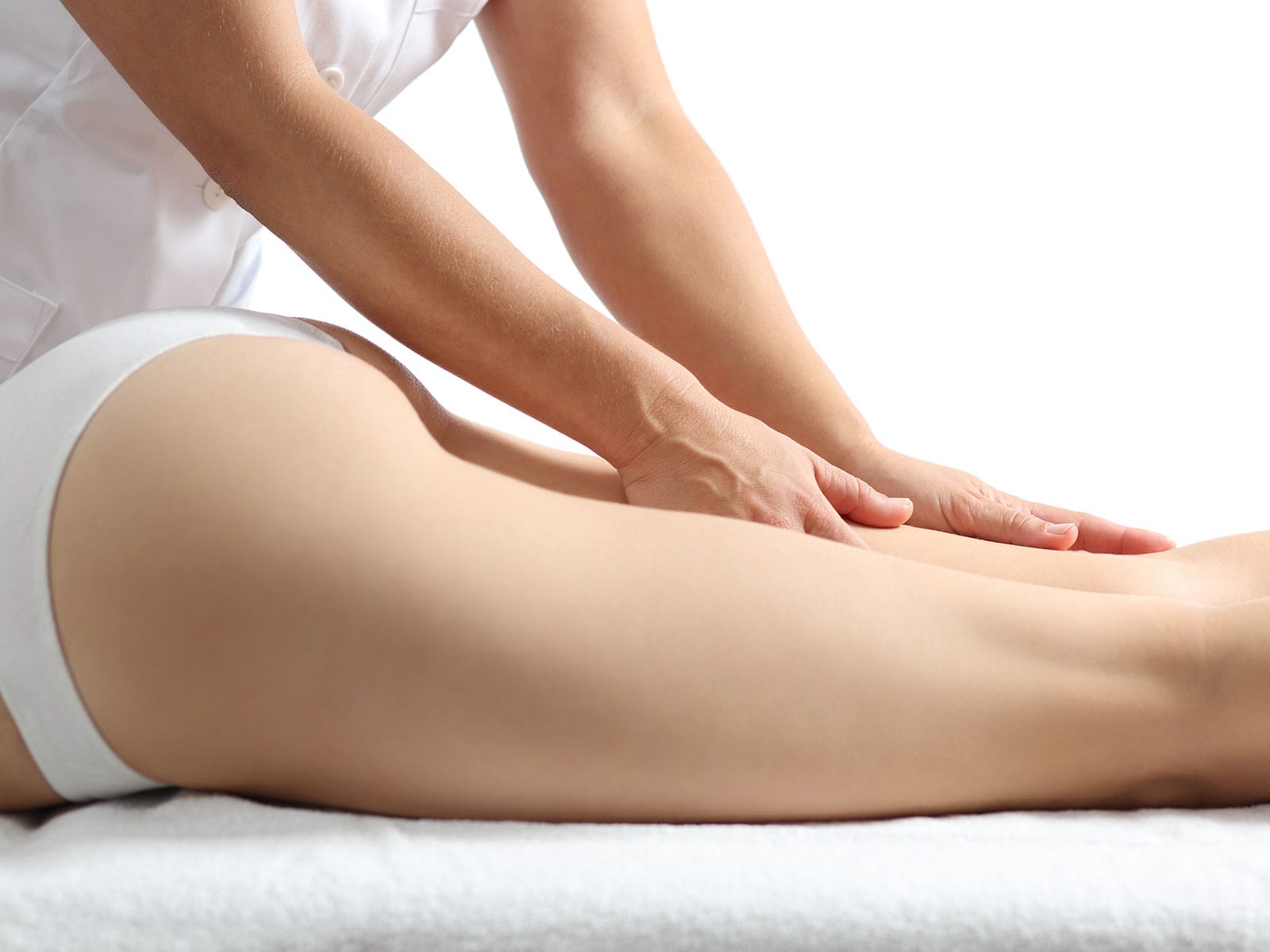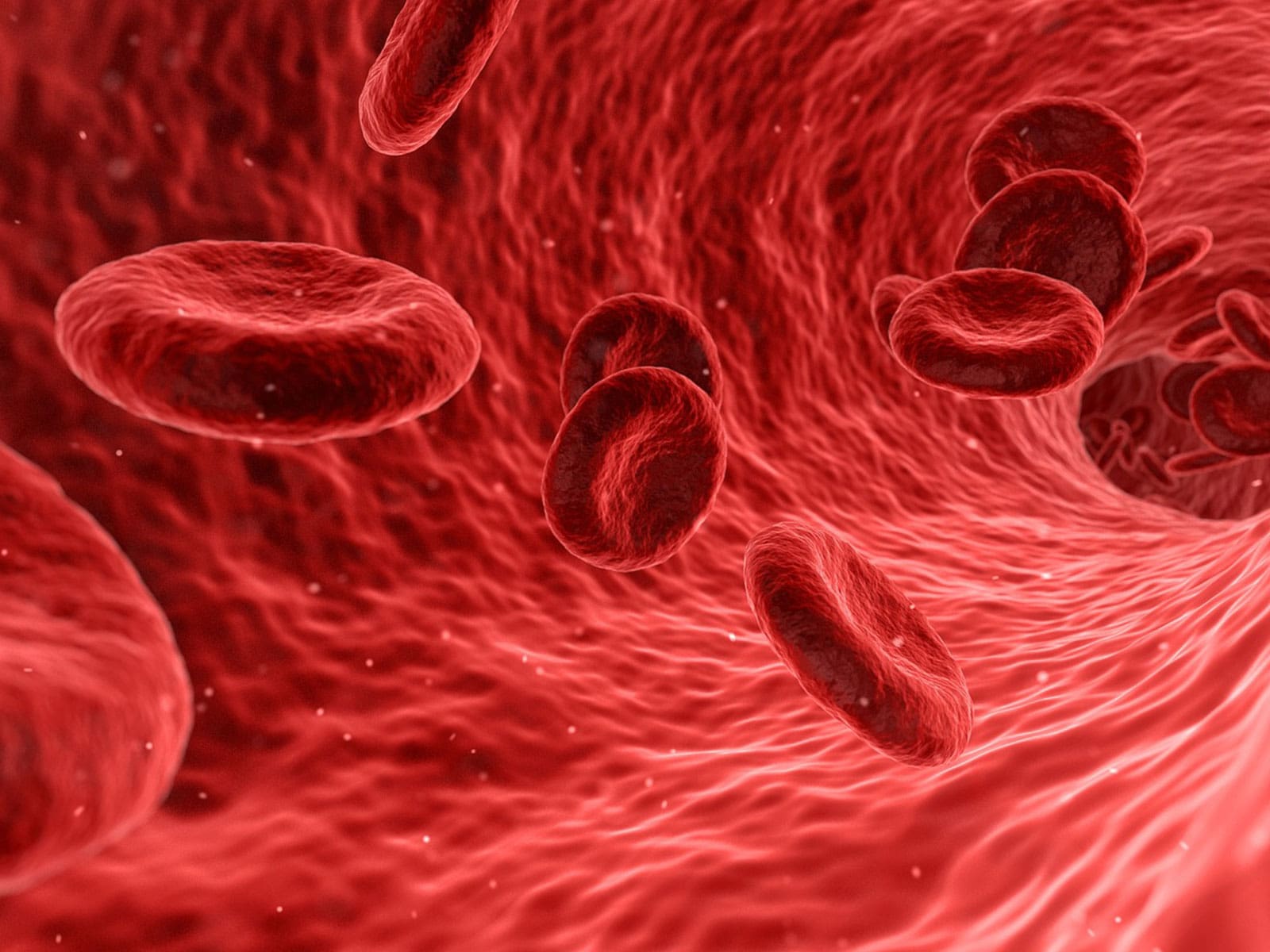Welcome dear reader! Today we're going to talk again about how to counteract cellulitis, also called edematofibrosclerotic panniculopathy (EFSP), a physical condition that is extremely serious for many people. Such skin disorder, commonly known as cellulite, affects most women at various stages of life, regardless of body shape or weight.
Characterized by orange peel-like pitting on the legs, hips and other regions of the body, cellulitis is much more than a simple blemish. It is the consequence of a multifaceted process that affects the subcutaneous adipose tissue, blood circulation and the lymphatic system. Let us gain an insight into this pathology.
- What is Panniculopathy?
- Why is it called cellulitis?
- What is the meaning of EFSP?
- What is the meaning of edematofibrosclerotic?
- How can cellulite be treated?
What is Panniculopathy?
Panniculopathy, commonly known as cellulitis, is a condition that affects the structure of the subcutaneous tissue. Orange-peel or dimpled and slightly puckered skin appears predominantly on the thighs, hips, gluteal, and sometimes the upper arm area.
This condition is not merely an accumulation of adipose tissue, instead it is the result of a many-sided combination of factors such as microcirculation alterations, water retention, and connective tissue changes.
Why is it called cellulitis?
The term "cellulitis" derives from the word cell, with the addition of the suffix -itis, typically used in medicine denoting inflammation. Despite this, the term can be misleading, since cellulitis is not a true inflammatory process, but rather an alteration of the subcutaneous tissue entailing the accumulation of adipocytes (fat cells), fluid retention and fibrosis.
What is the meaning of EFSP?
EFSP is the acronym for Edematofibrosclerotic Panniculopathy, a more specific medical term that describes cellulitis in terms of pathological changes.
Edematous refers to fluid retention.
Fibrous implies the formation of fibrous tissue, which makes the skin less elastic.
Sclerotic refers to the hardening of the connective tissue. Such a term helps us understand cellulitis as a more serious condition than simple fat accumulation.
What is the meaning of edematofibrosclerotic?
The term "edematous fibro sclerotic" provides an exhaustive overview of cellulite characteristic traits. It denotes that such condition entails edema (fluid accumulation), formation of fibrous tissue as well as subcutaneous connective tissue sclerosis (hardening). These processes contribute to the characteristic appearance of cellulite, affecting microcirculation and the structure of the subcutaneous adipose tissue.
How can cellulitis be treated?
Cellulite treatment requires a multidisciplinary approach, which may include lifestyle changes, aesthetic treatments and, in some cases, medical interventions. Maintaining a balanced diet, rich in antioxidants and low in saturated fats and refined sugars, together with regular physical activity, helps enhance circulation and reduce the accumulation of adipose tissue. Topical treatments, such as cellulite creams, may provide temporary benefits as they improve the the appearance of the skin surface.
Drainage massage techniques and physical therapies, such as pressotherapy, can help reduce water retention and improve circulation. When it comes to more severe diseases it is possible to opt for treatments with a higher degree of invasiveness, such as liposuction or mesotherapy, always assessed and supervised by specialists. The use of graduated compression hosiery items is important, particularly suitable to improve circulation and supporti fluid drainage, an extremely valuable ally to counteract cellulite.
To cope with cellulite requires a deep awareness of not only its causes and available treatments, but also its various phases. Cellulite features different grades ranging from minor flaws noticeable to the naked eye only by pinching the skin up to deep holes and nodules. Recognizing these stages is essential in order to choose the most suitable and personalized therapeutic path.
Furthermore, the role of water retention in the formation and aggravation of cellulite should not be underestimated. Counteracting water retention through correct hydration, a balanced diet as well as wearing graduated compression hosiery items can be an effective step towards cellulite reduction.
Cellulite, also called edematofibrosclerotic panniculopathy, is a multifarious condition that requires a multidisciplinary approach for its treatment. From prevention strategies such as adopting an active and healthy lifestyle, to the use of targeted therapeutic solutions, every step counts in the fight against this disorder.
Remember, the keystone to effective cellulite treatment lies in knowledge, prevention and timely action, always basing on professional medical advice.







